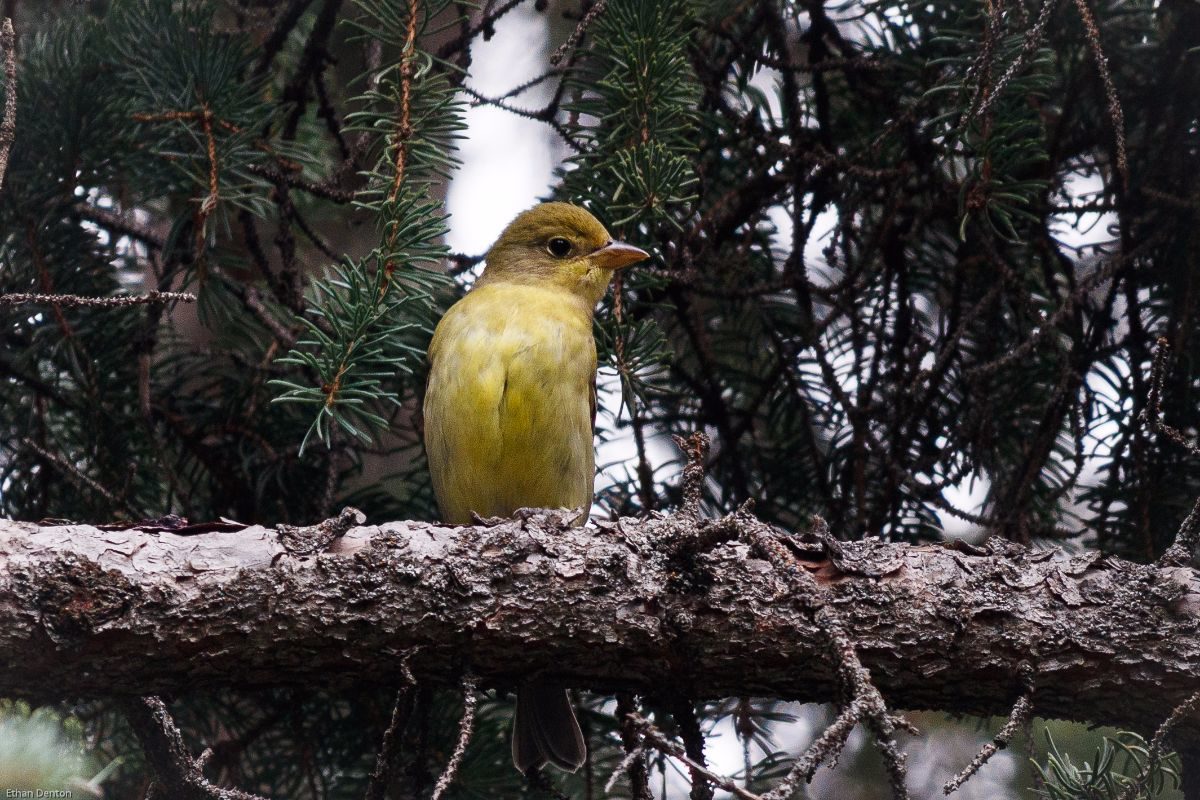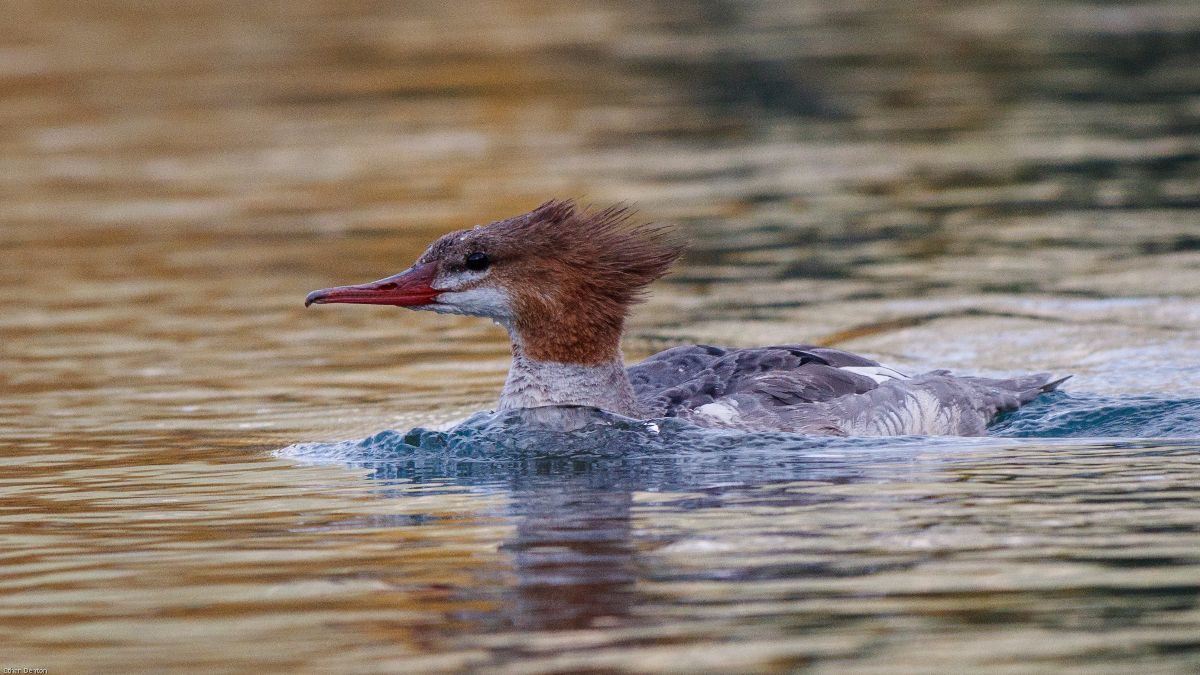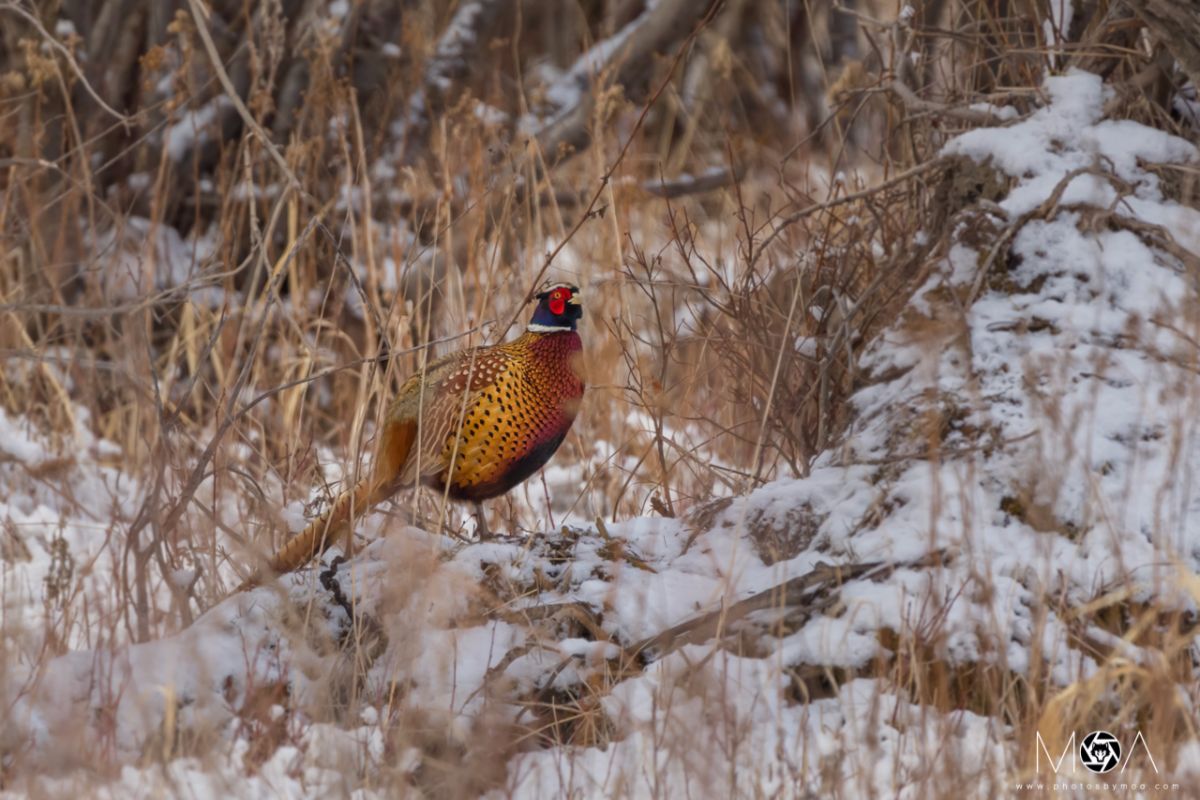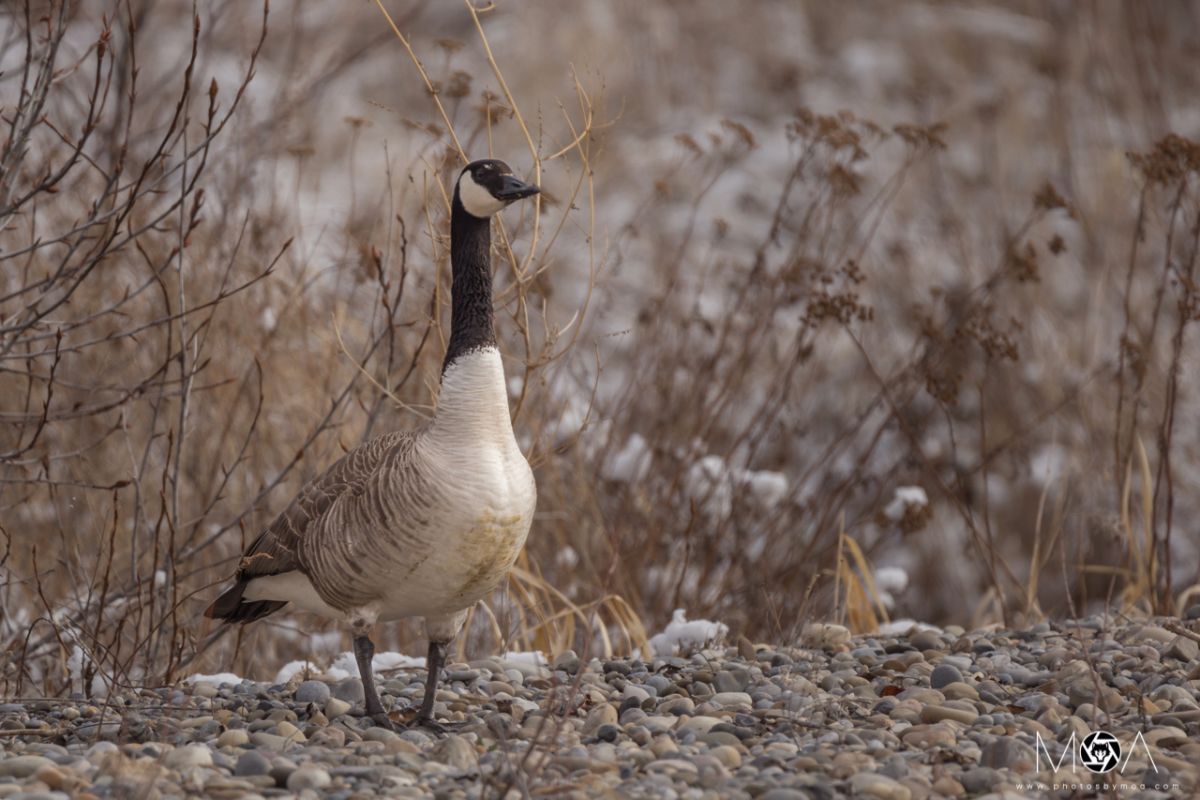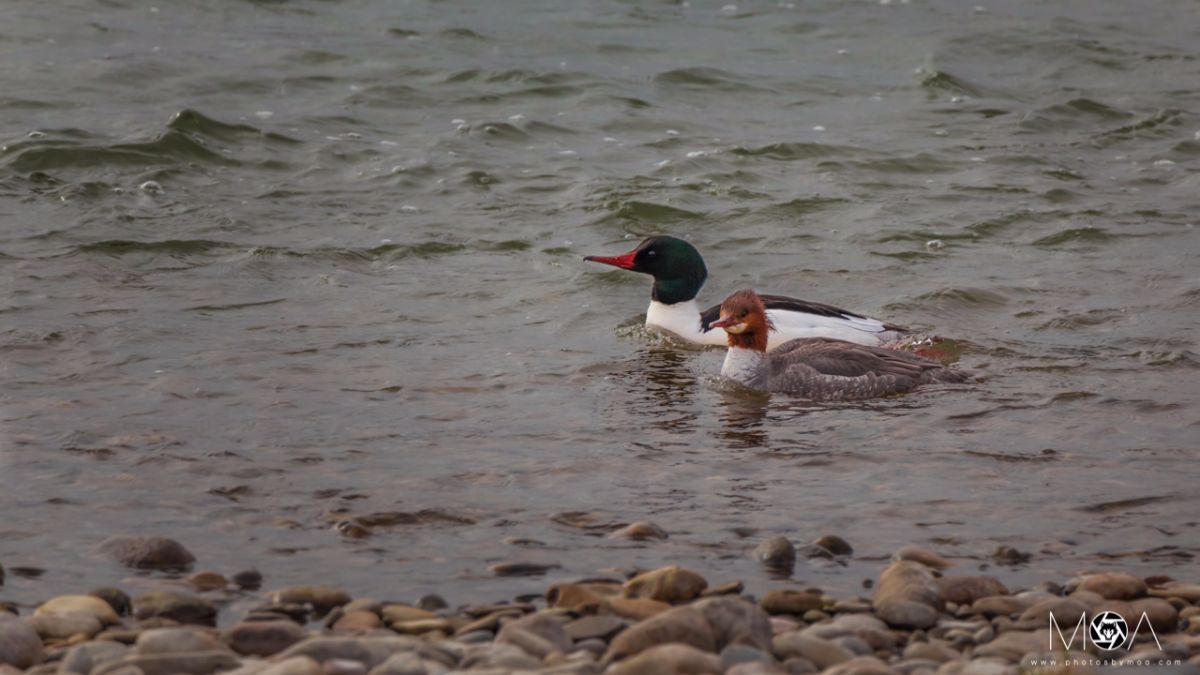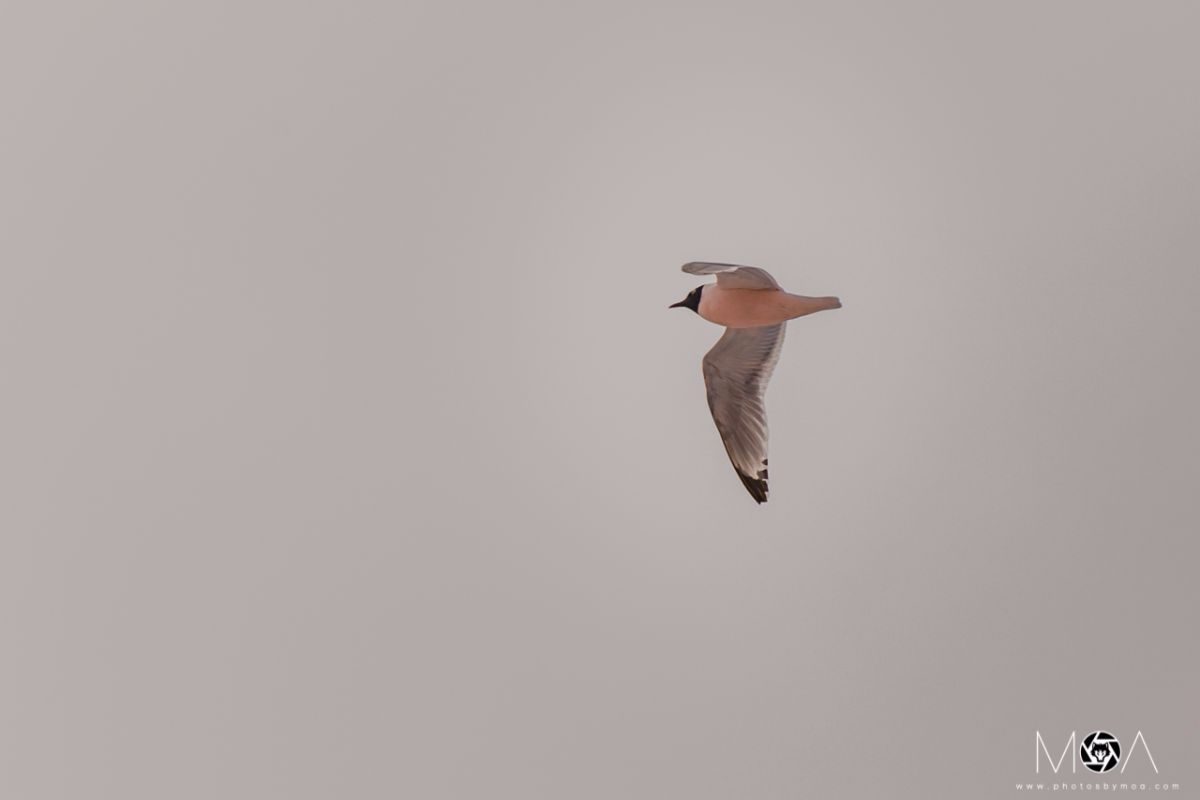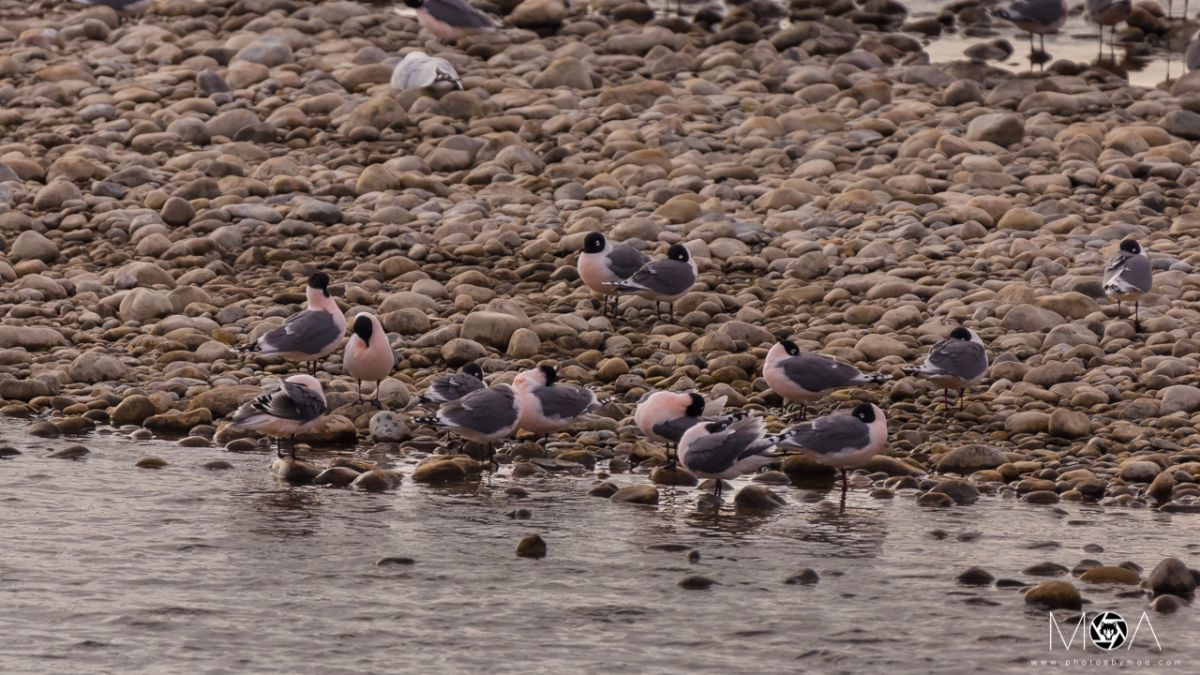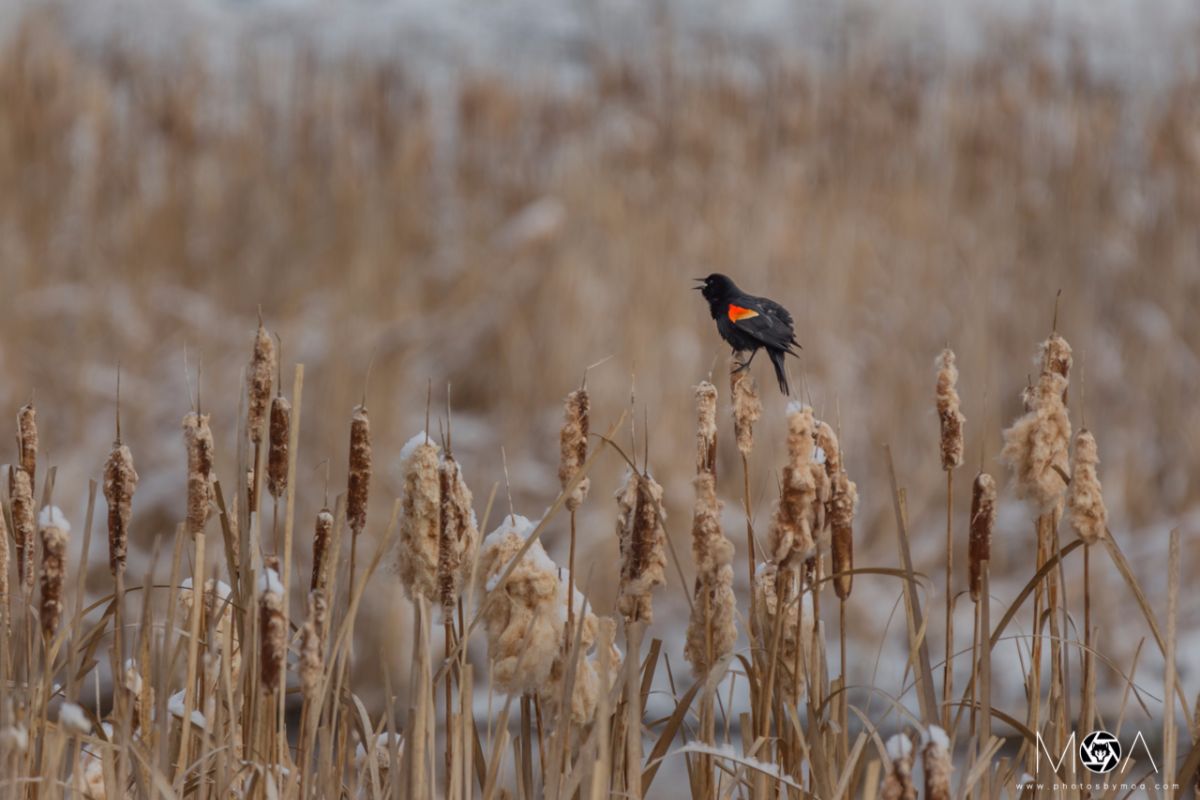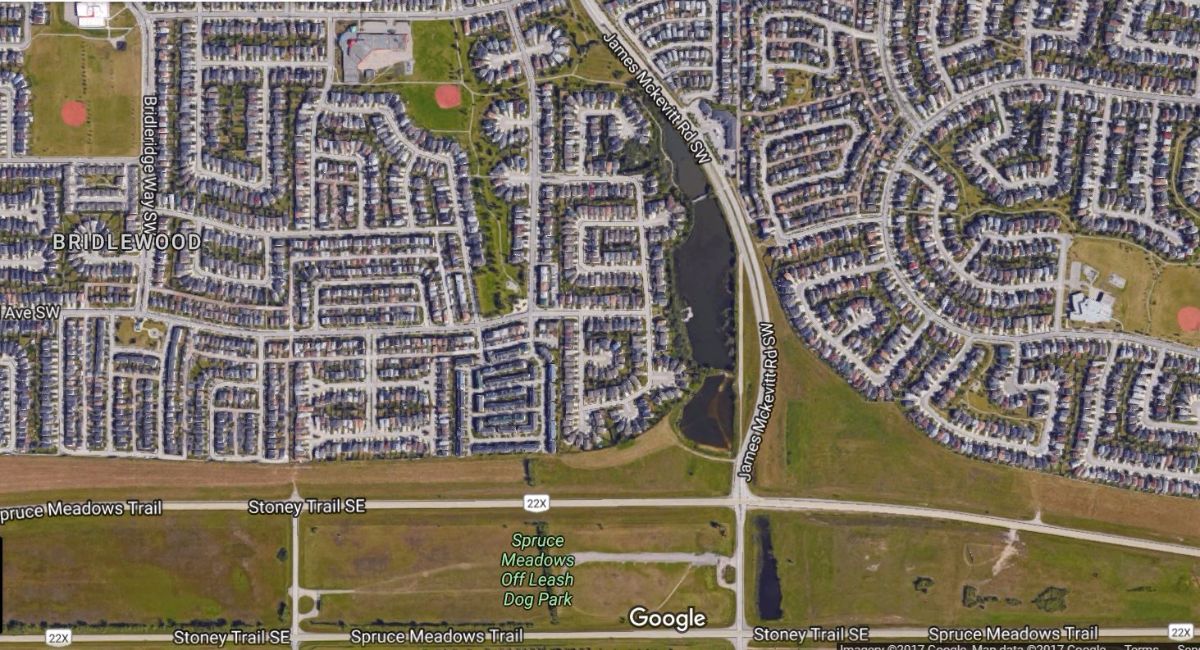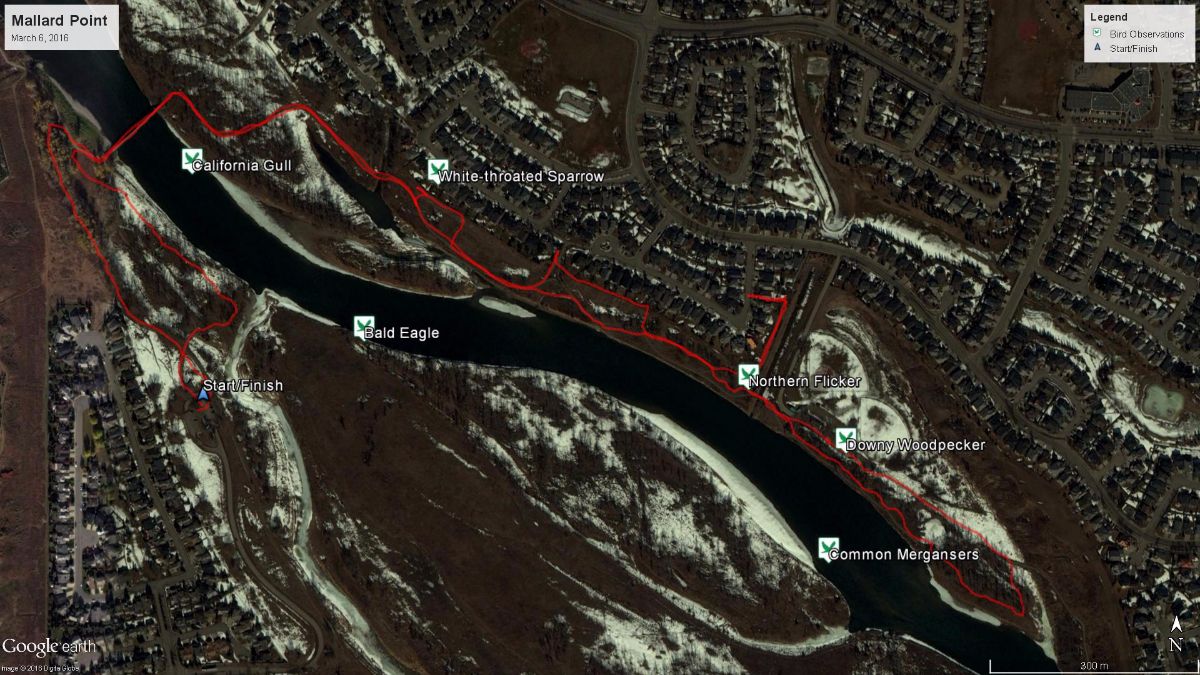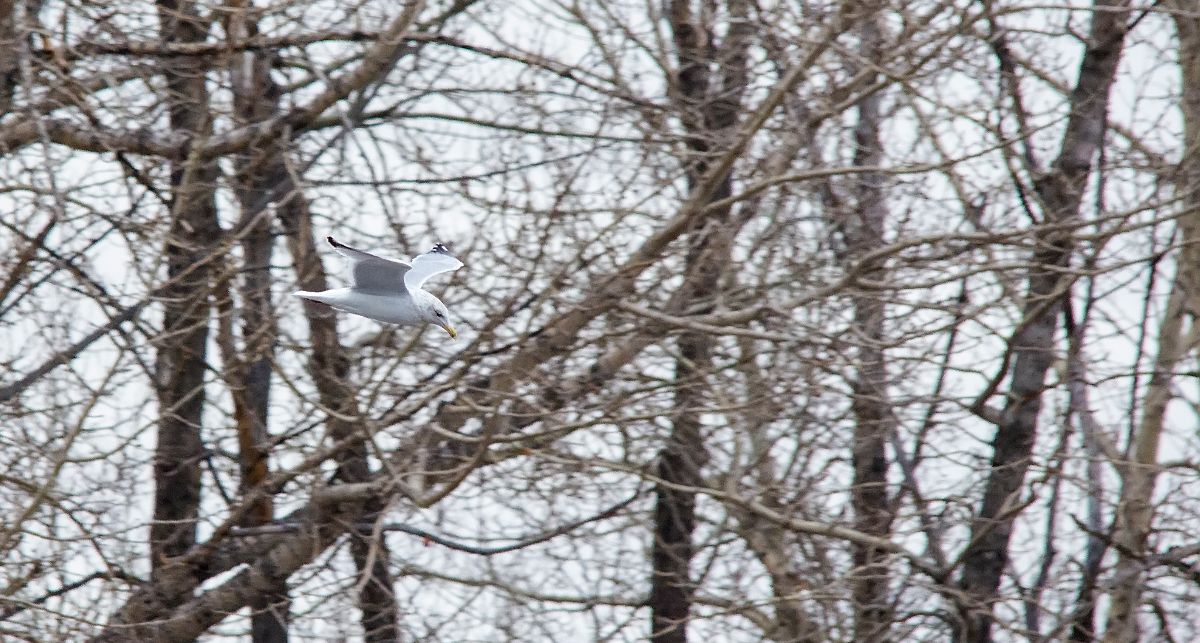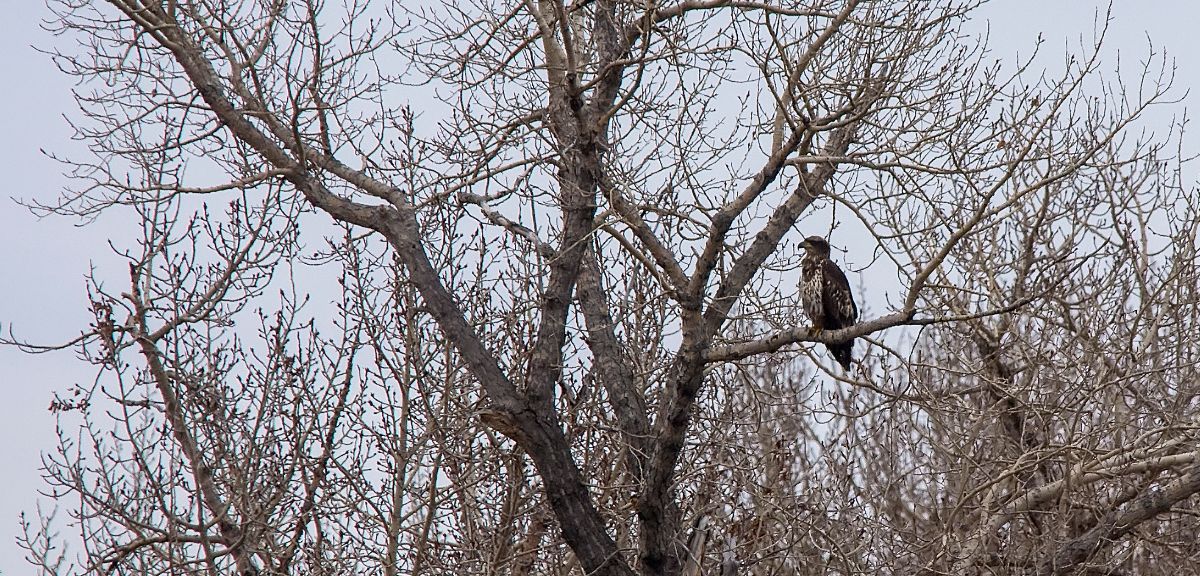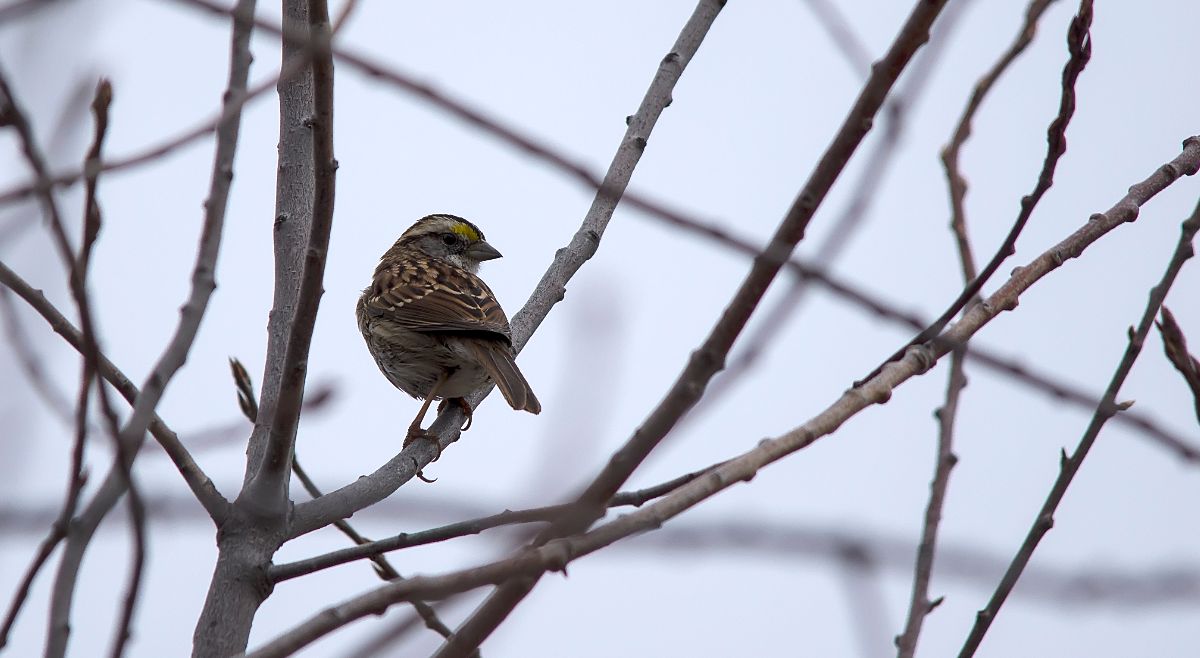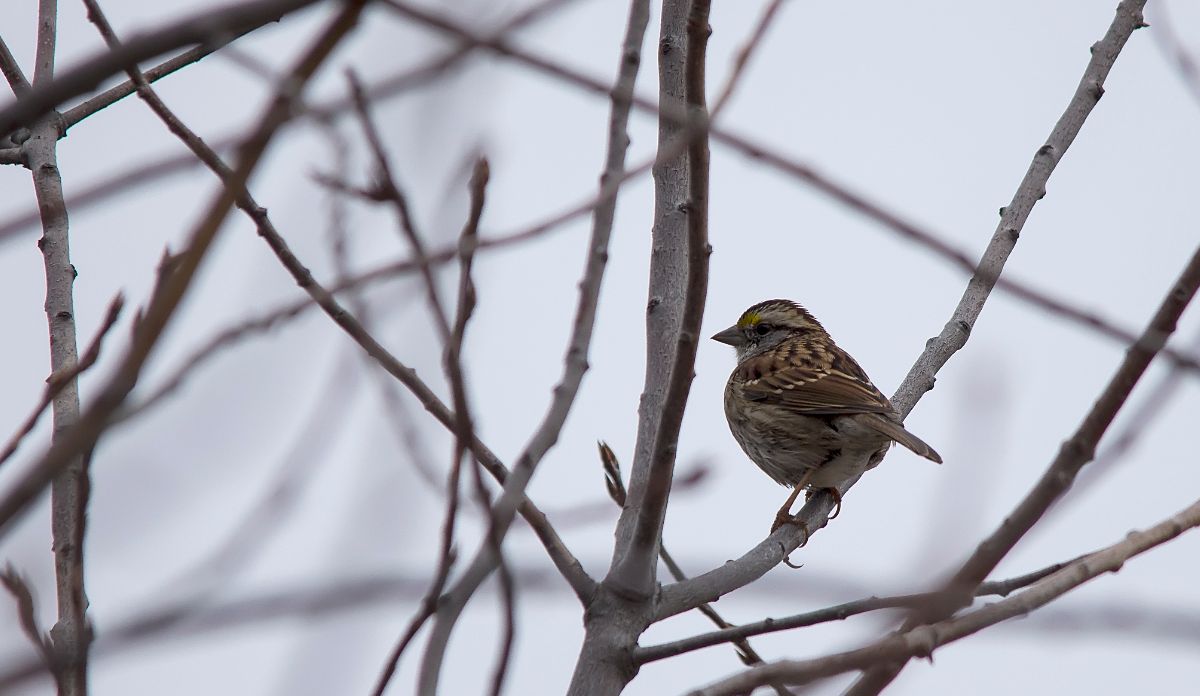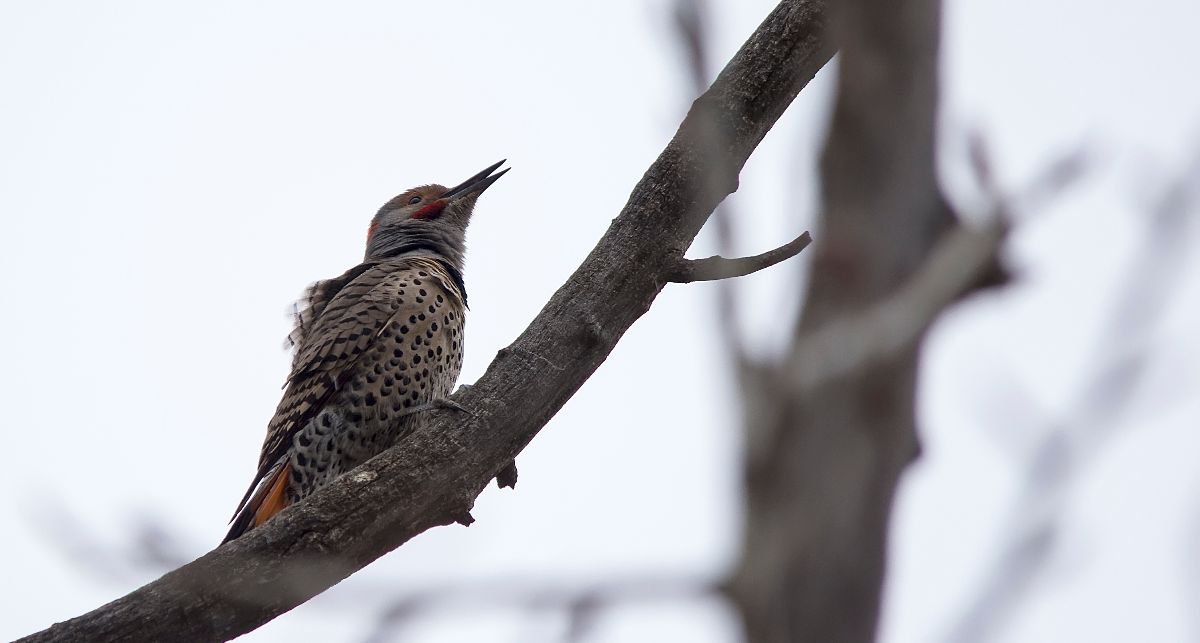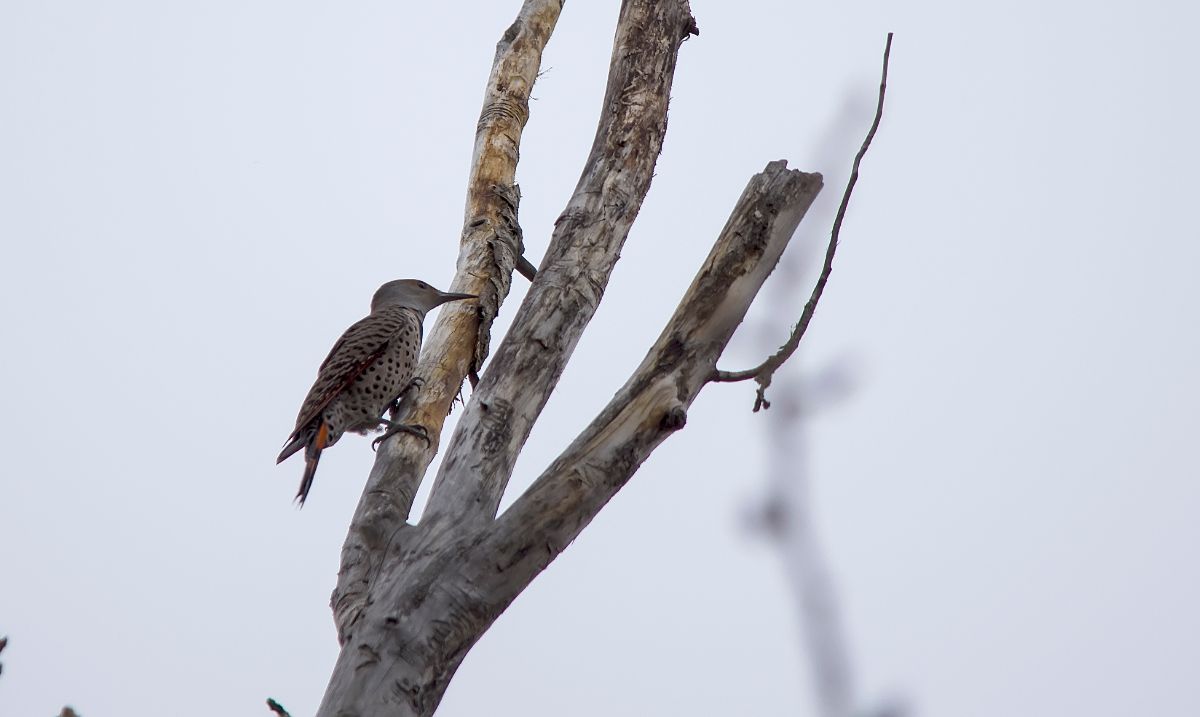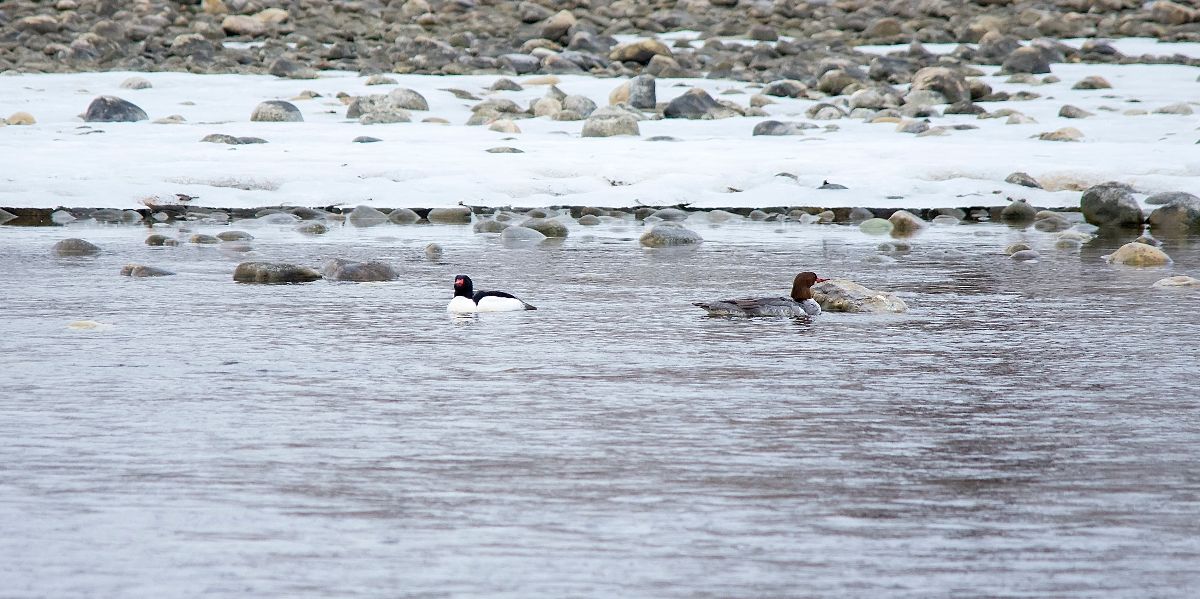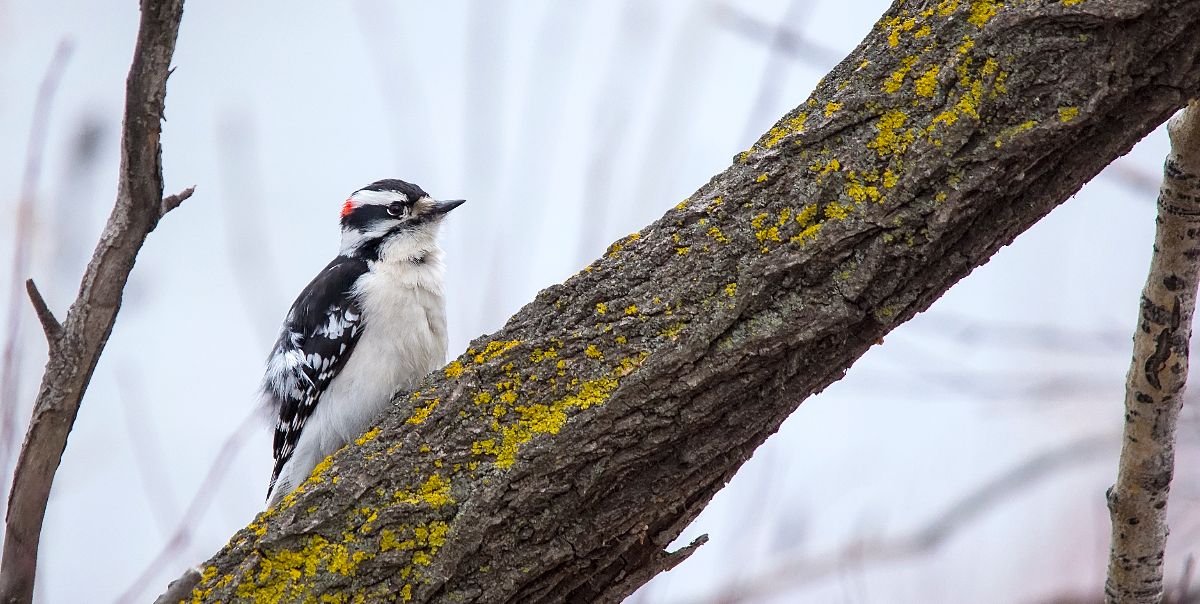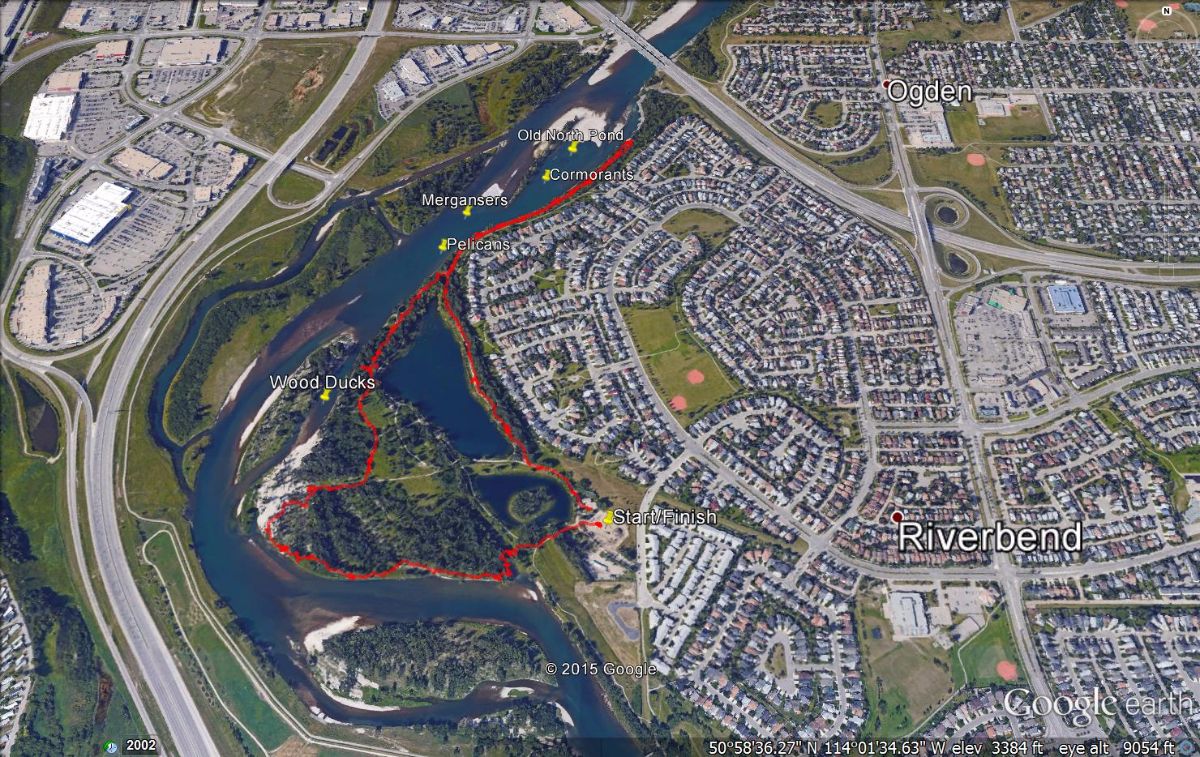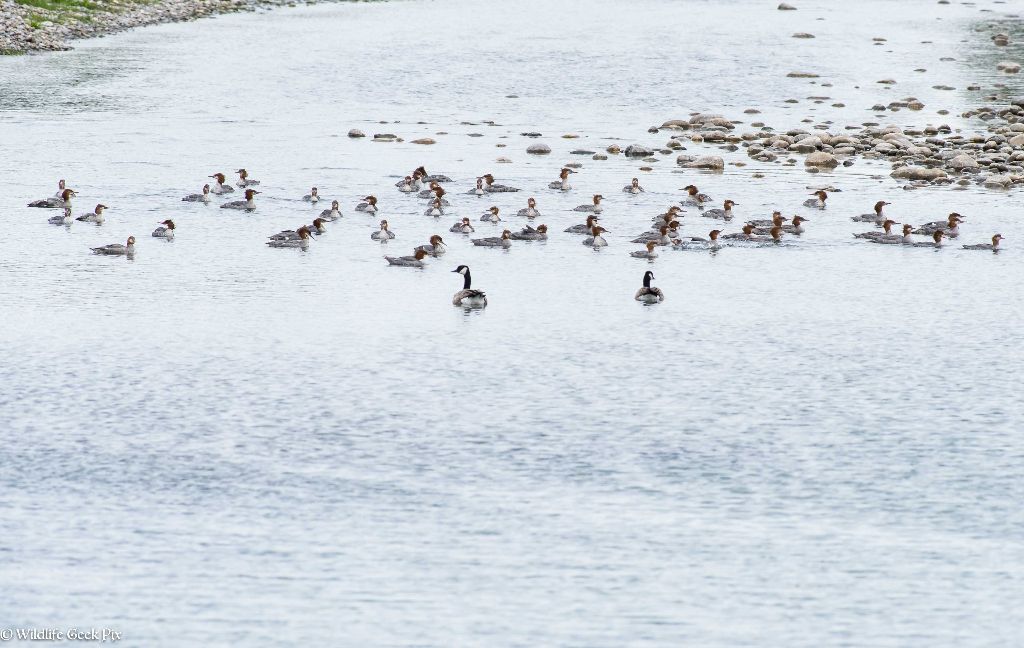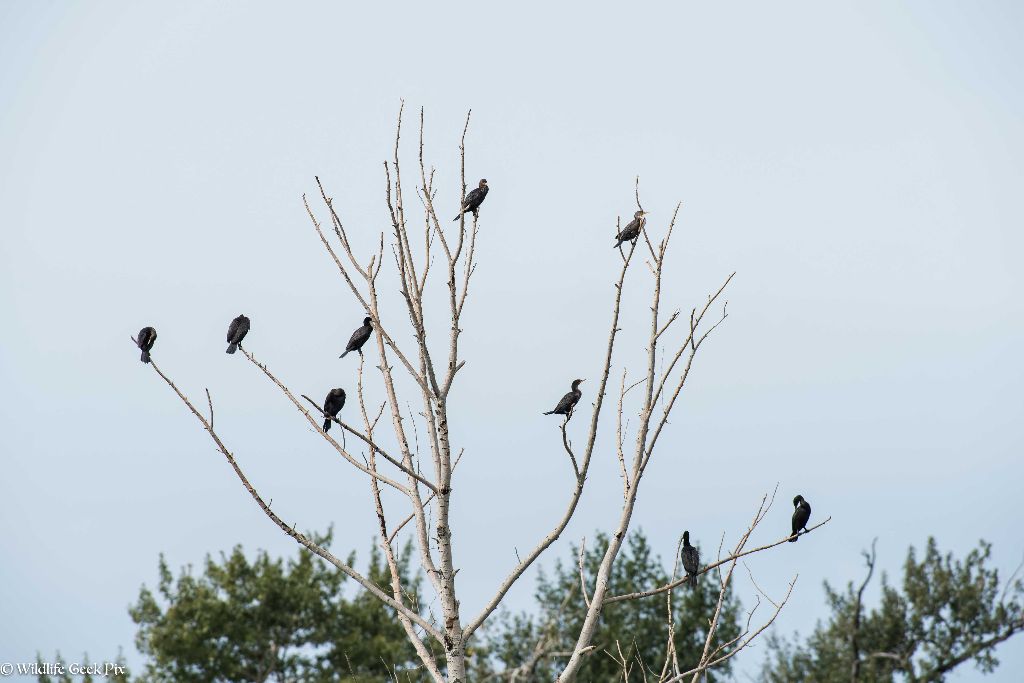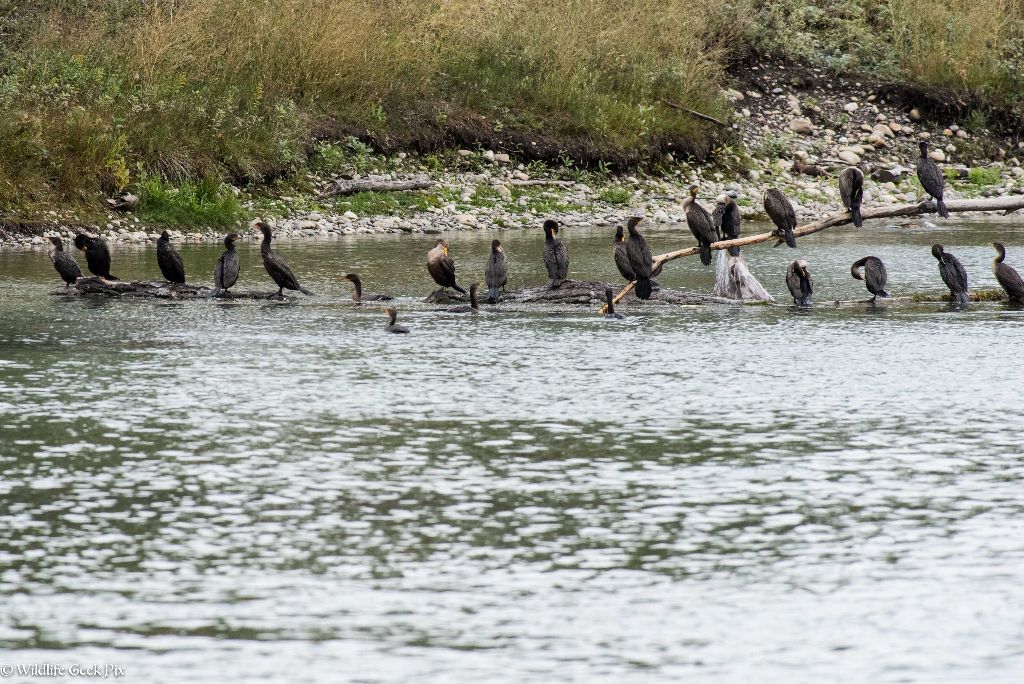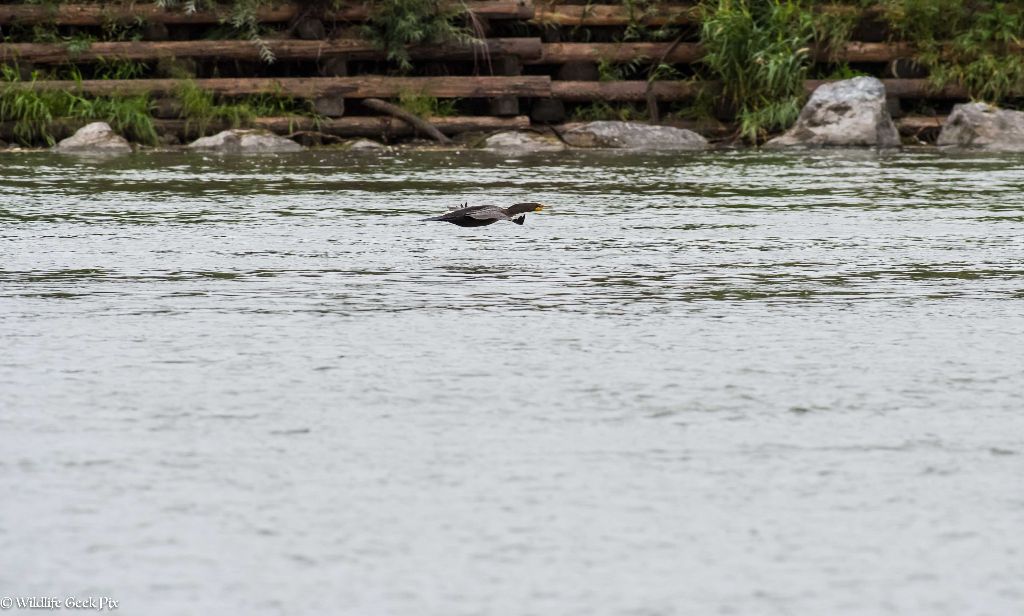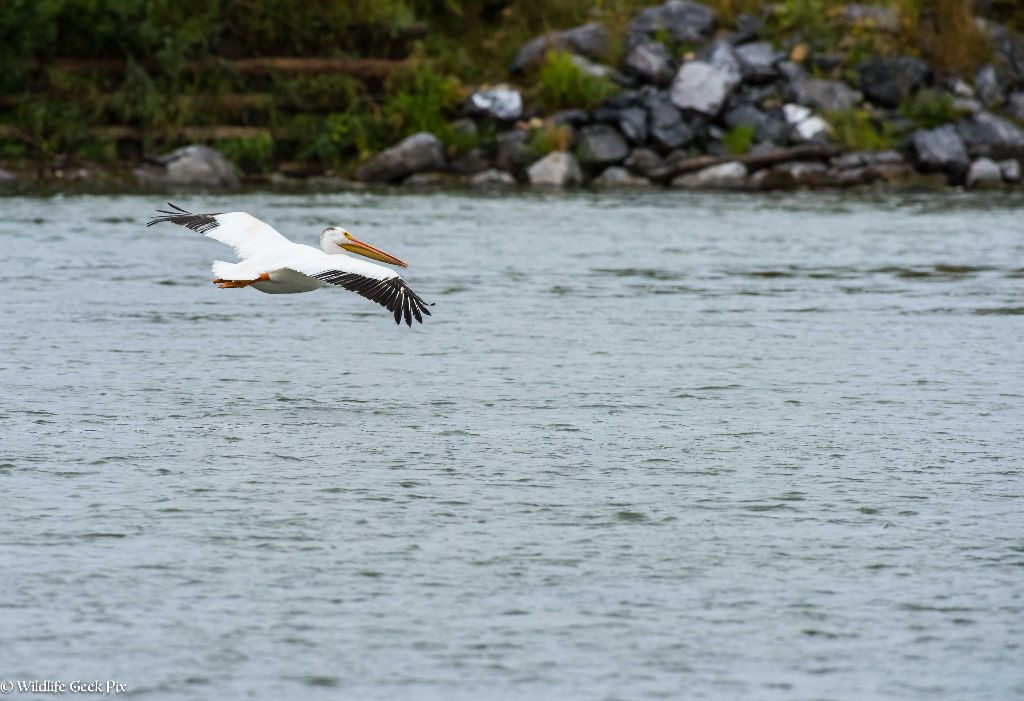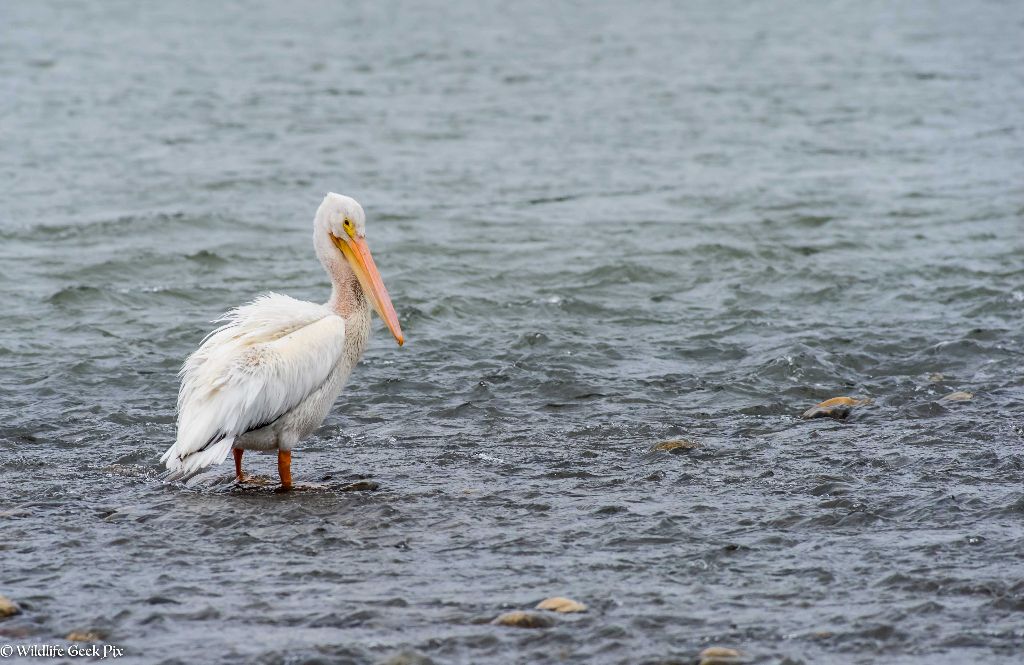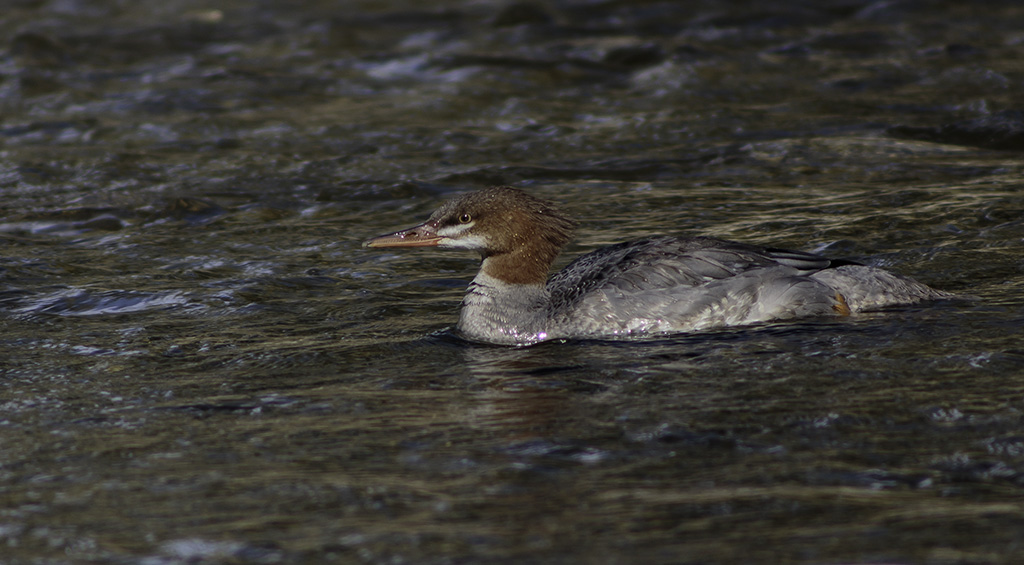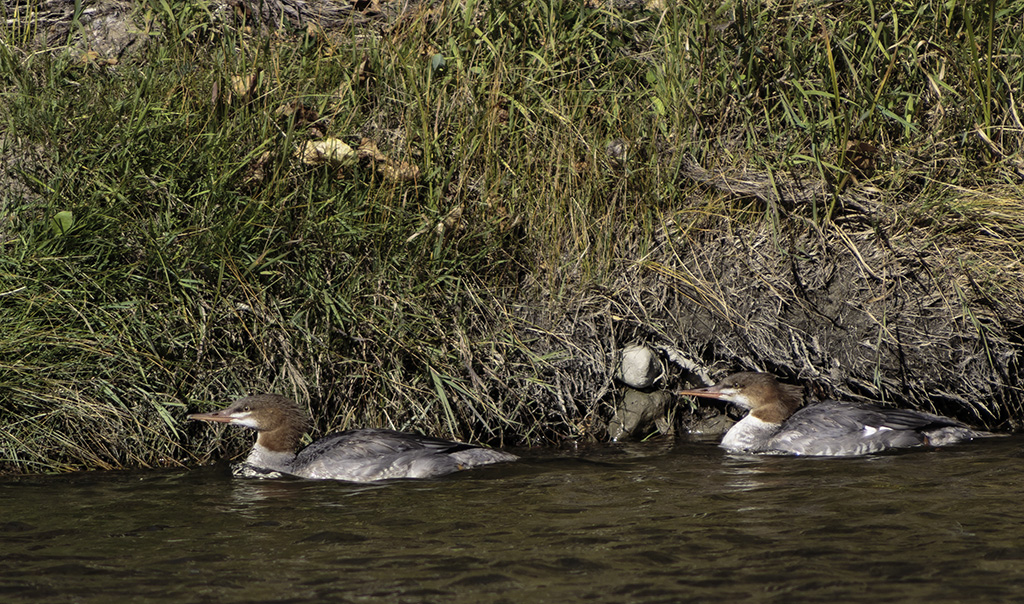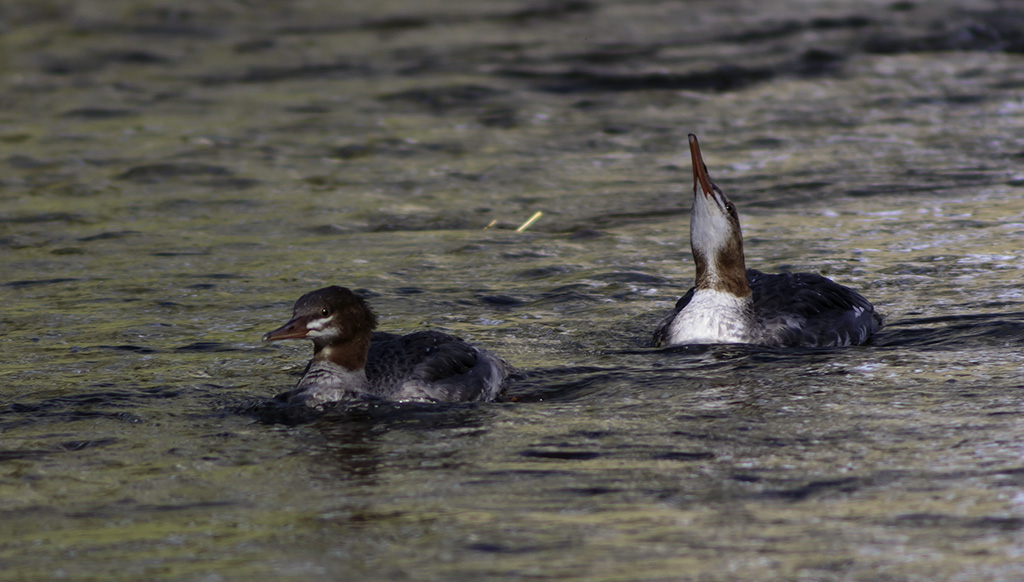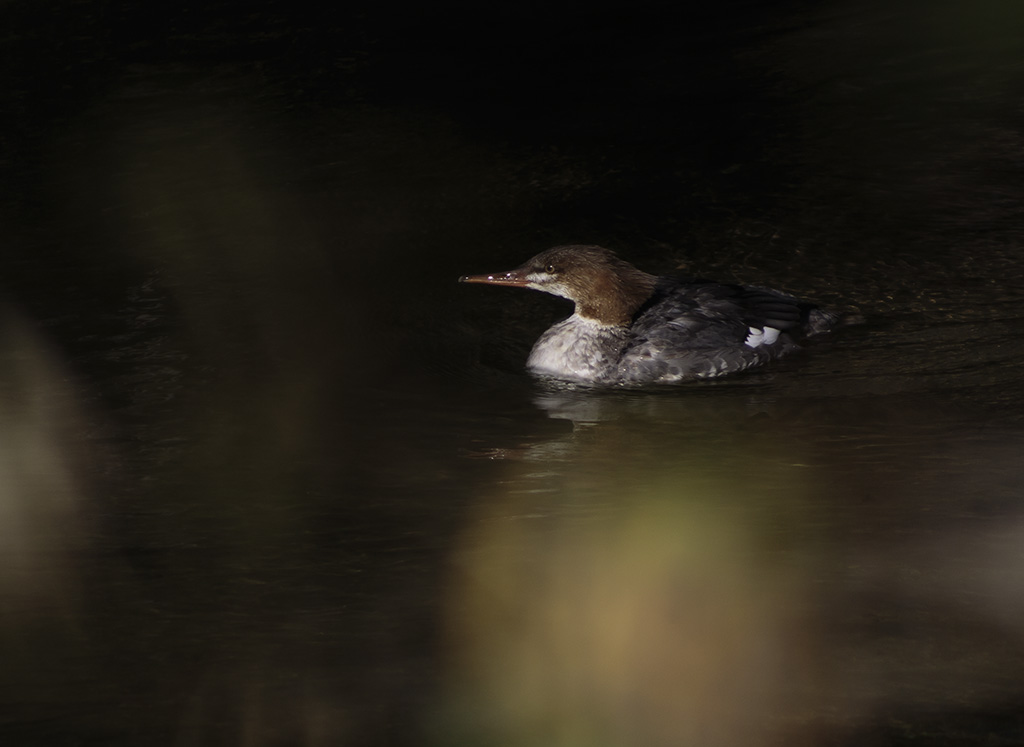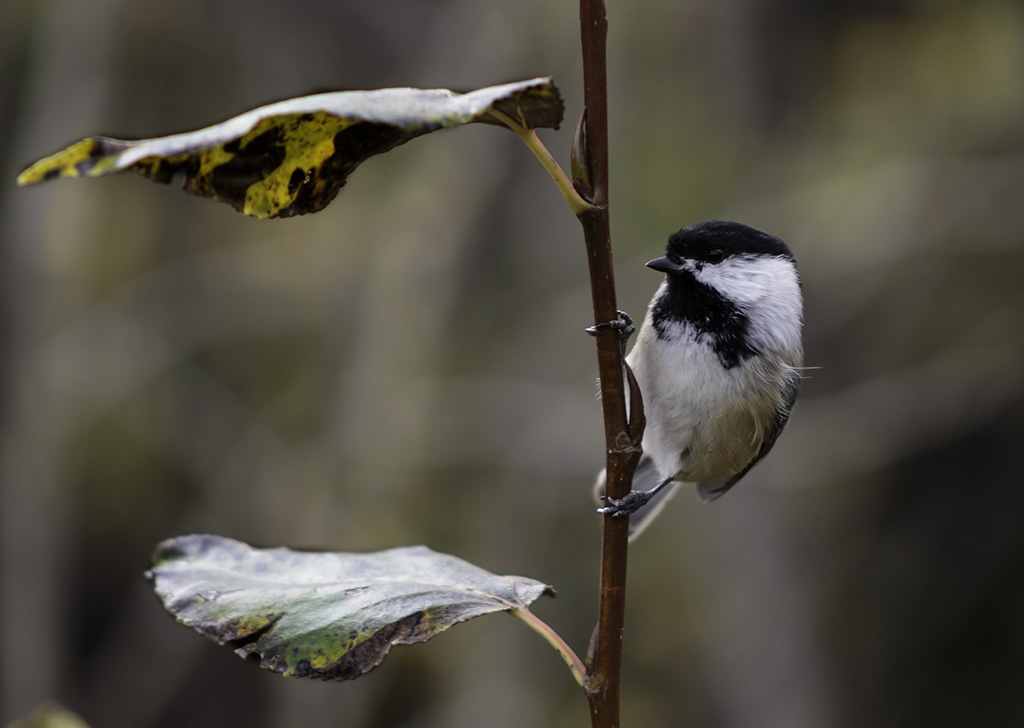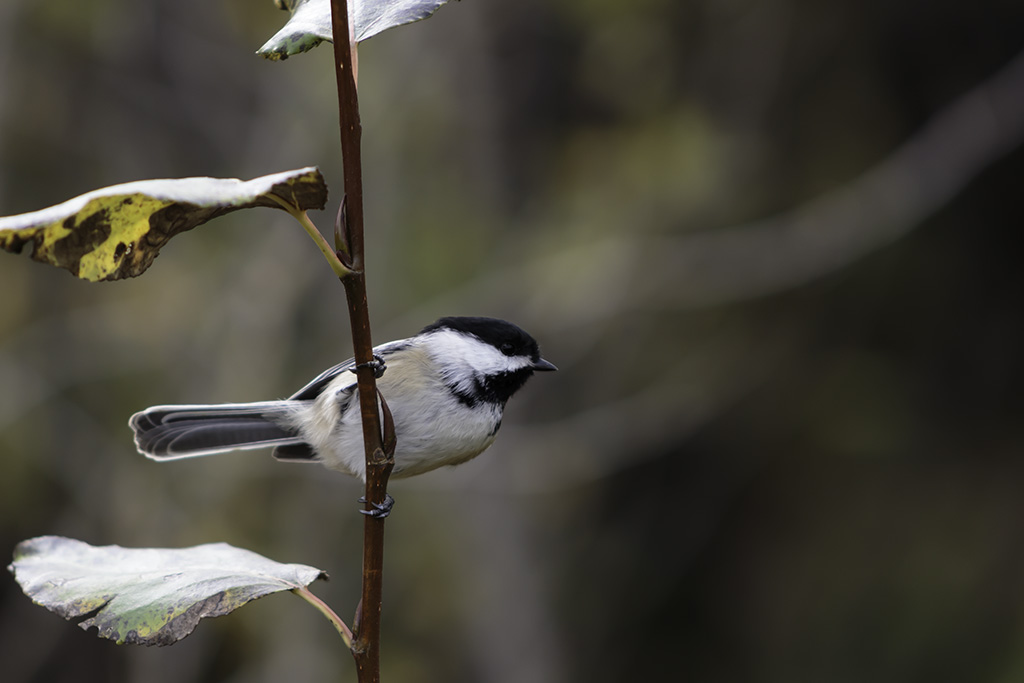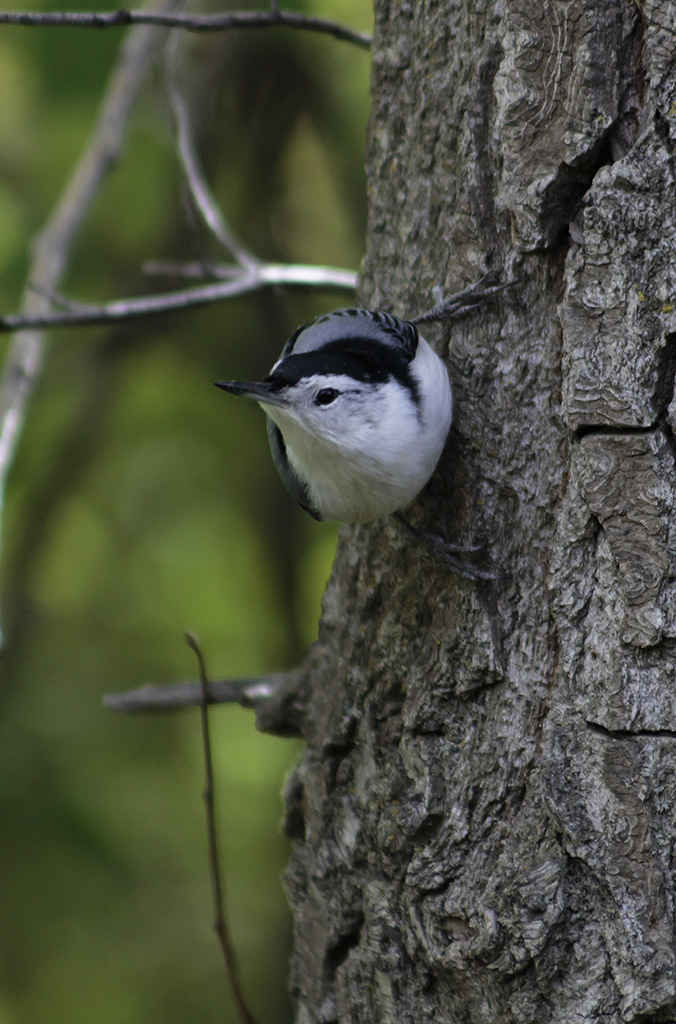Posted by Dan Arndt
Our outing last week was a return to the bitter cold we’re more than used to here in Calgary, and walking along the river seemed to accentuate it just that little bit more. Our route from Pine Creek Water Treatment Plant to the south end of Lafarge Meadows was initially planned in search of some unusual waterfowl that had been seen there the previous week, like a first year male Long-tailed Duck. Green-winged Teal, and always the nesting Bald Eagles down along this route.
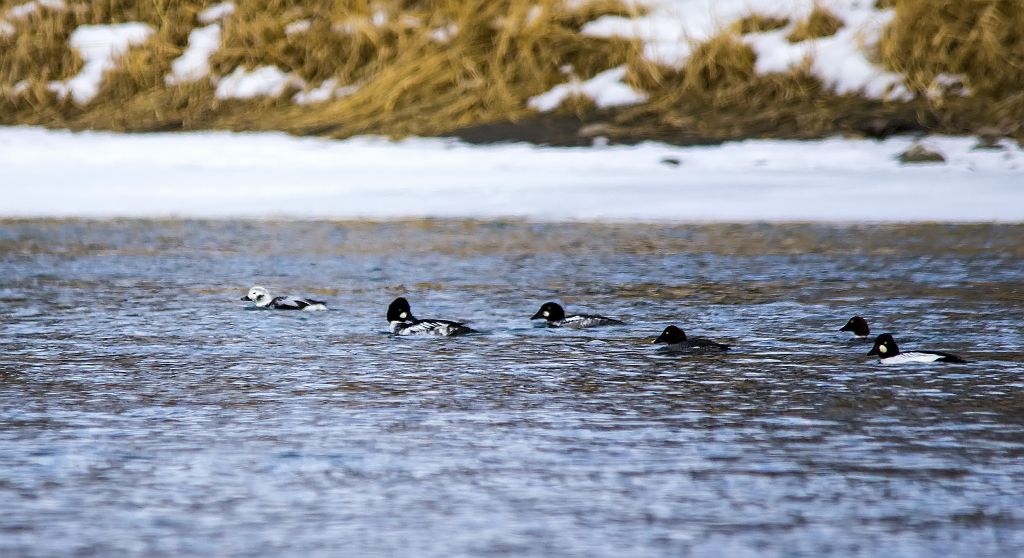
first year male Long-tailed Duck and Common Goldeneye
Pentax K-5 + Sigma 150-500@500mm
1/640sec., ƒ/6.3, ISO 320
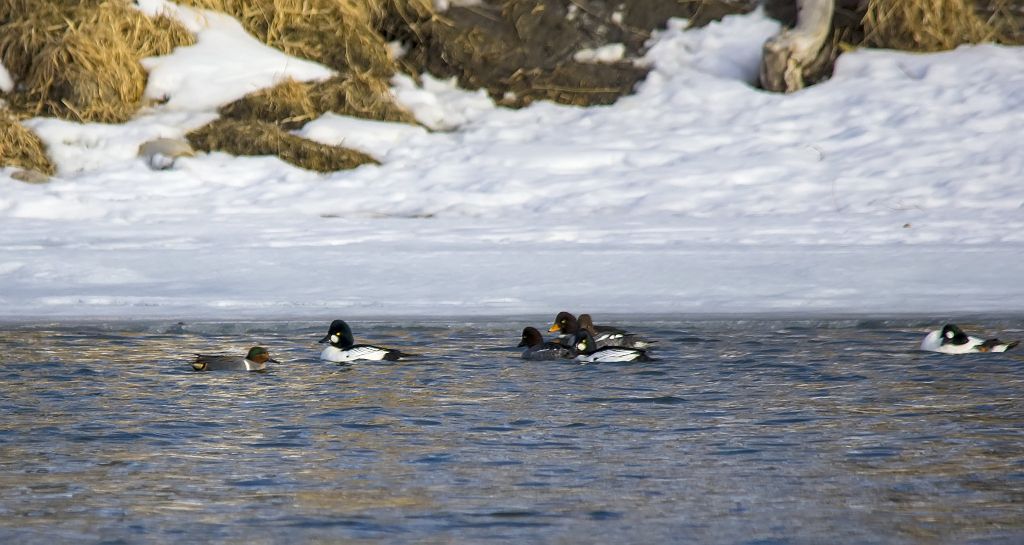
Green-winged Teal and Common Goldeneye
Pentax K-5 + Sigma 150-500@500mm
1/1000sec., ƒ/6.3, ISO 400
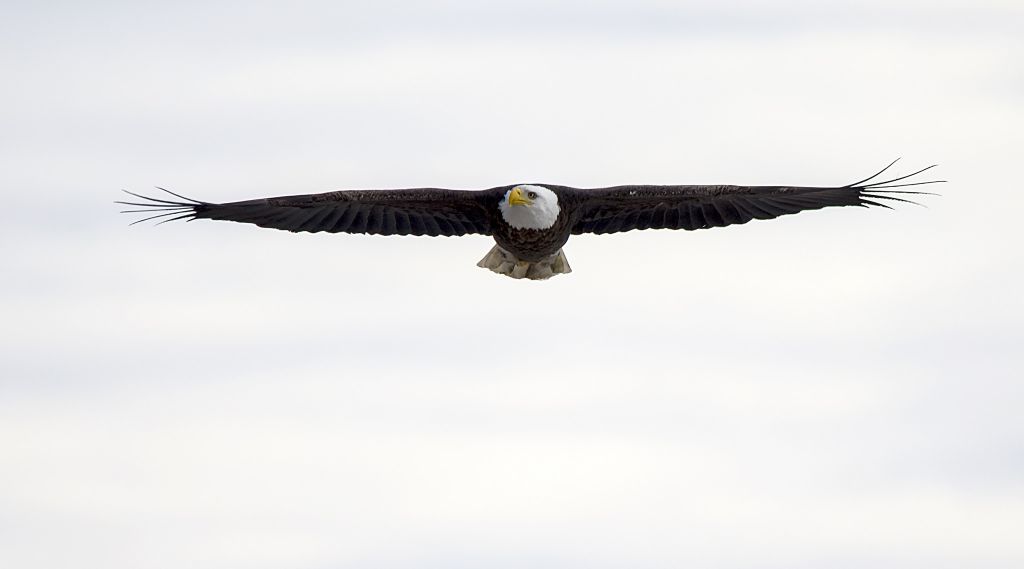
Bald Eagle
Pentax K-5 + Sigma 150-500@500mm
1/640sec., ƒ/6.3, ISO 160
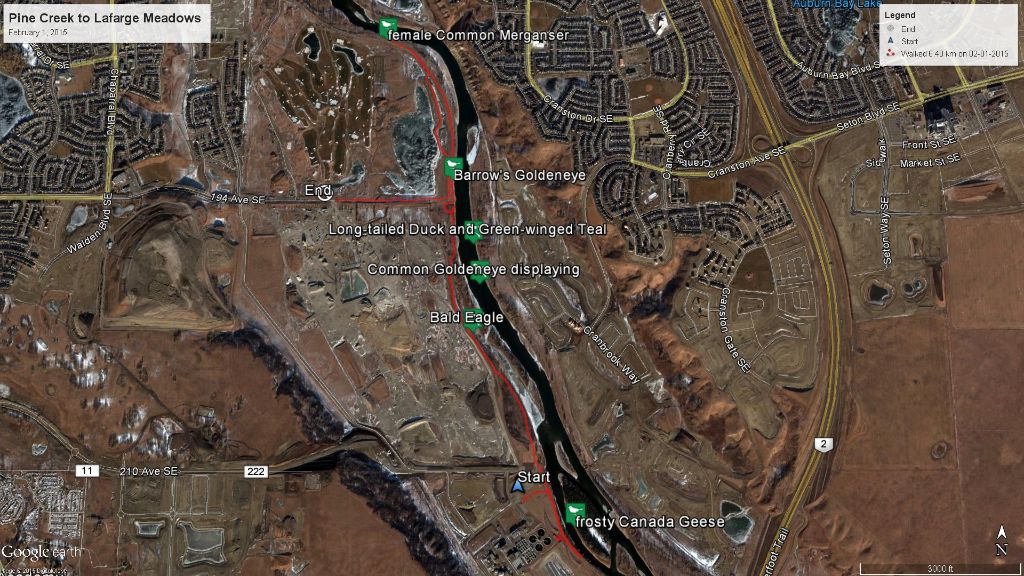
These photos were taken the week before, when it was well above zero all morning long, with generally better light conditions as well. Compare, if you will, with what greeted us at the river’s edge as we began our walk last week.
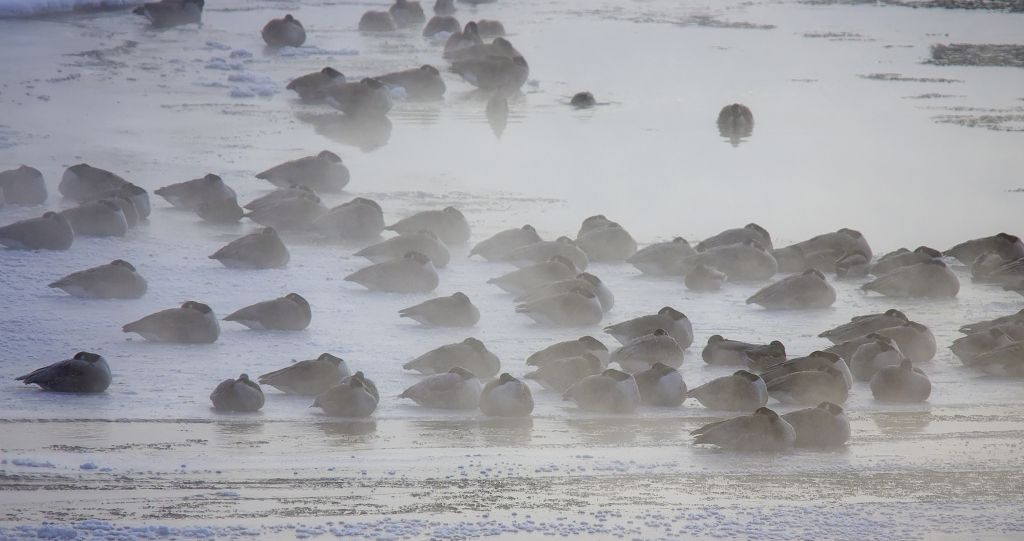
cold and frosty Canada Geese
Pentax K-5 + Sigma 150-500@500mm
1/640sec., ƒ/8.0, ISO 400
The cold wouldn’t be so bad to deal with, and in fact, in many cases it made for some great atmospheric effects above the river, and amazing opportunities, but because it has been so warm for much of our winter so far, the Bow River has remained mostly open, spreading out the usual waterfowl rather than concentrating them in a few reliable places.
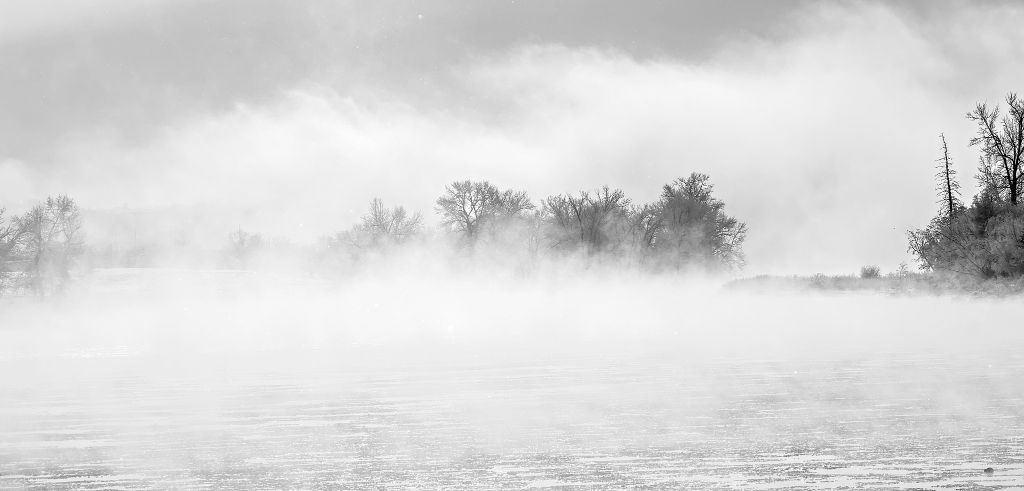
frosty Bow River landscape
Pentax K-5 + Sigma 150-500@150mm
1/800sec., ƒ/8.0, ISO 160
Clearly, the Bald Eagles were a much less happy about the turn in the weather. This is possibly the grumpiest looking Bald Eagle I’ve ever seen.
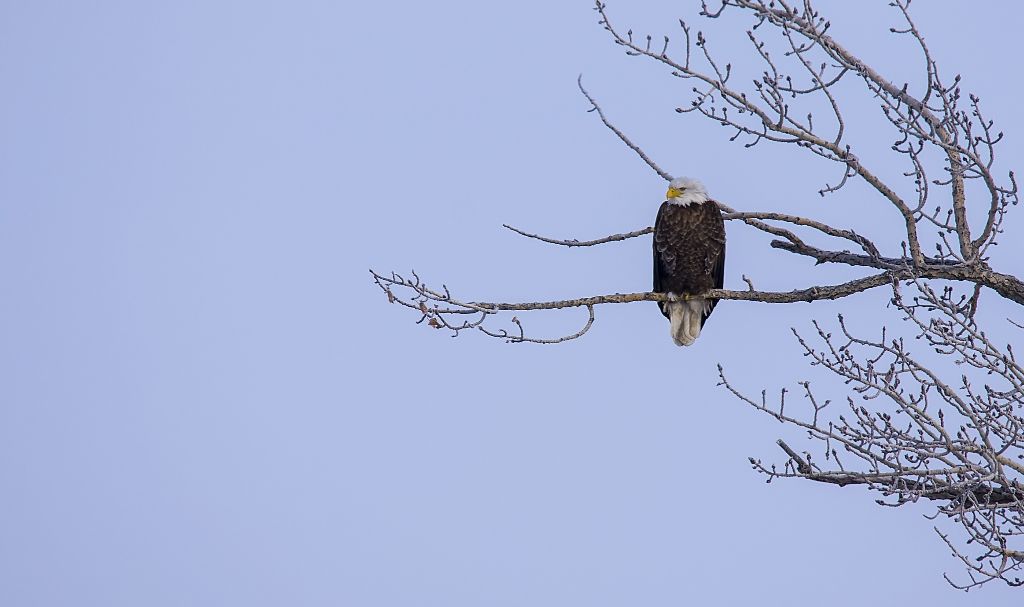
Bald Eagle
Pentax K-5 + Sigma 150-500@500mm
1/640sec., ƒ/8.0, ISO 250
While we weren’t the only ones braving the weather, these Common Goldeneye (and a Barrow’s on the left hand side of the image) were making the most of it, giving their odd little honks and quacks while tilting their heads back competing for their right to a mate for this year.
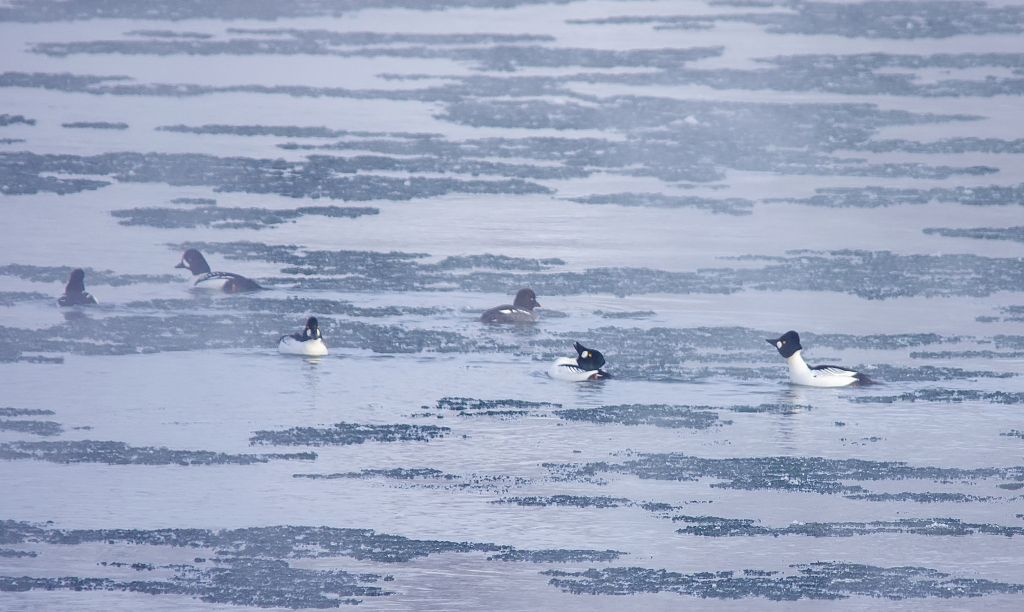
Common Goldeneye display
Pentax K-5 + Sigma 150-500@500mm
1/800sec., ƒ/8.0, ISO 800
We also watched in surprise as a Common Raven dove down into the snow and came up with one of the numerous Meadow Voles we’ve seen evidence of along many of our walks this winter. He made short work of the vole, as there’s no sign of it in this photo taken just a couple of minutes later.
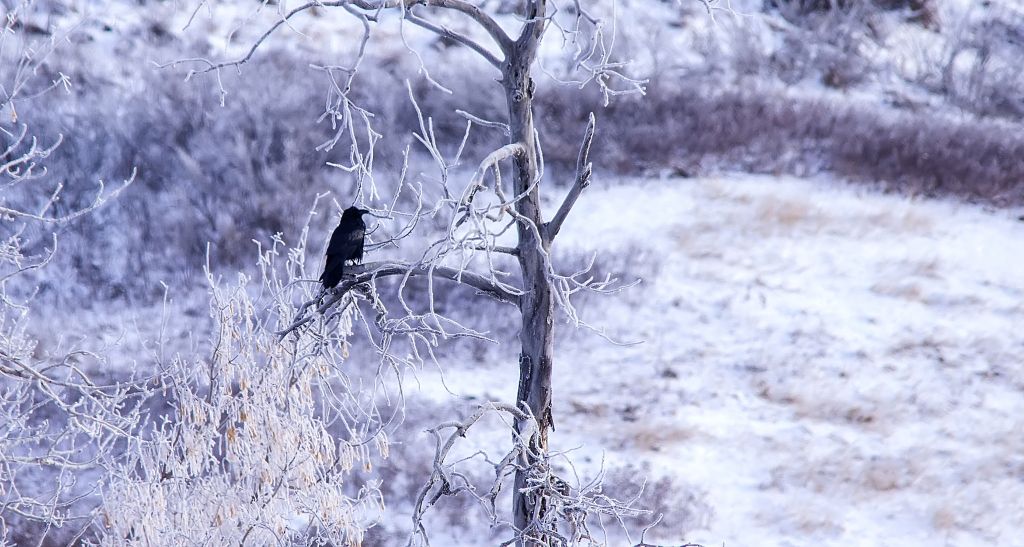
Common Raven in hoarfrost
Pentax K-5 + Sigma 150-500@500mm
1/800sec., ƒ/8.0, ISO 640
One of the nice things about the cold and the presence of Common Goldeneye in such numbers along this stretch of river is that inevitably the Barrow’s Goldeneye will begin to be found among them as well. This drake and hen seemed quite comfortable dabbling amongst the rapids and seemed almost oblivious to us walking just a few meters away.
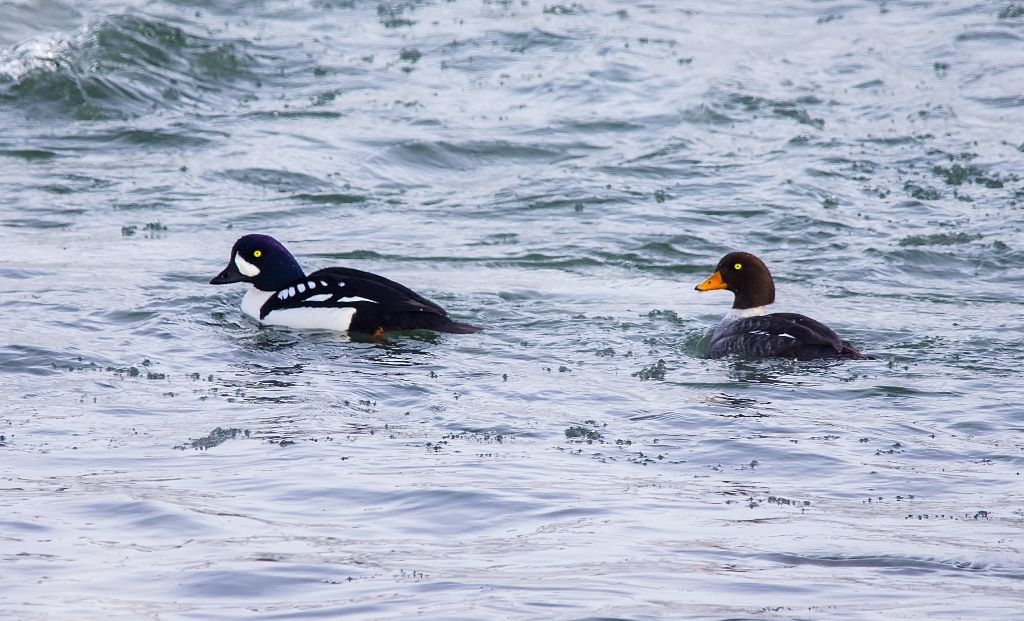
Barrow’s Goldeneye
Pentax K-5 + Sigma 150-500@500mm
1/800sec., ƒ/8.0, ISO 800
Unfortunately, there really weren’t that many birds at all to see along this stretch of the river. The Long-tailed Duck, Green-winged Teal, and a couple of Ring-necked Ducks seen the previous week were nowhere to be found. We even got a little excited towards the end of our walk when this female Common Merganser popped into view.
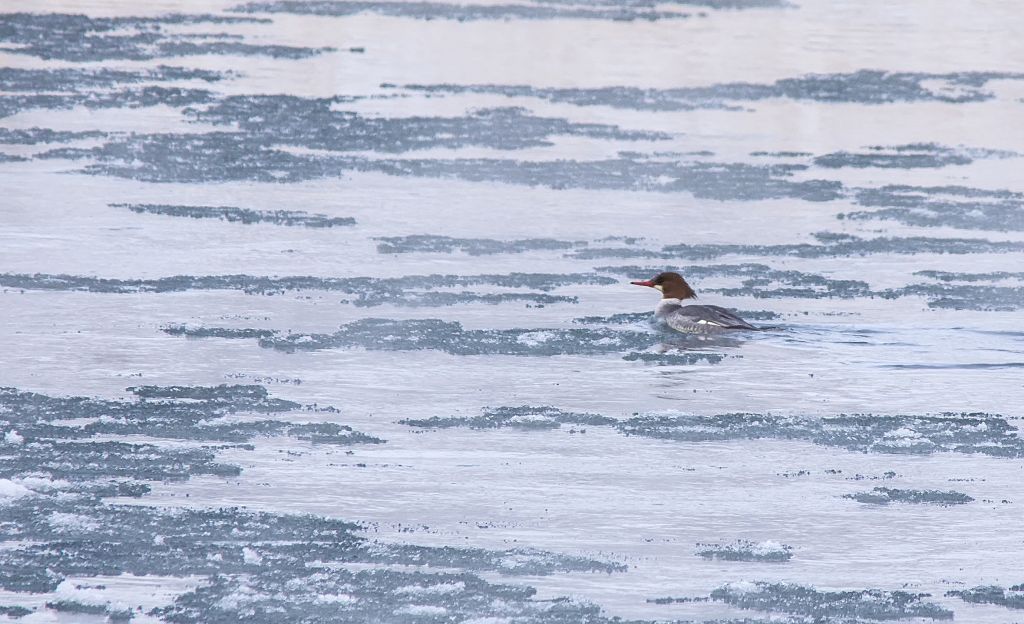
female Common Merganser
Pentax K-5 + Sigma 150-500@500mm
1/800sec., ƒ/8.0, ISO 640
With this last bird added to our list for the day, we headed back to the warmth of our vehicles with hopes that our next week would be more enjoyable for all!
Have a great week, and good birding!
